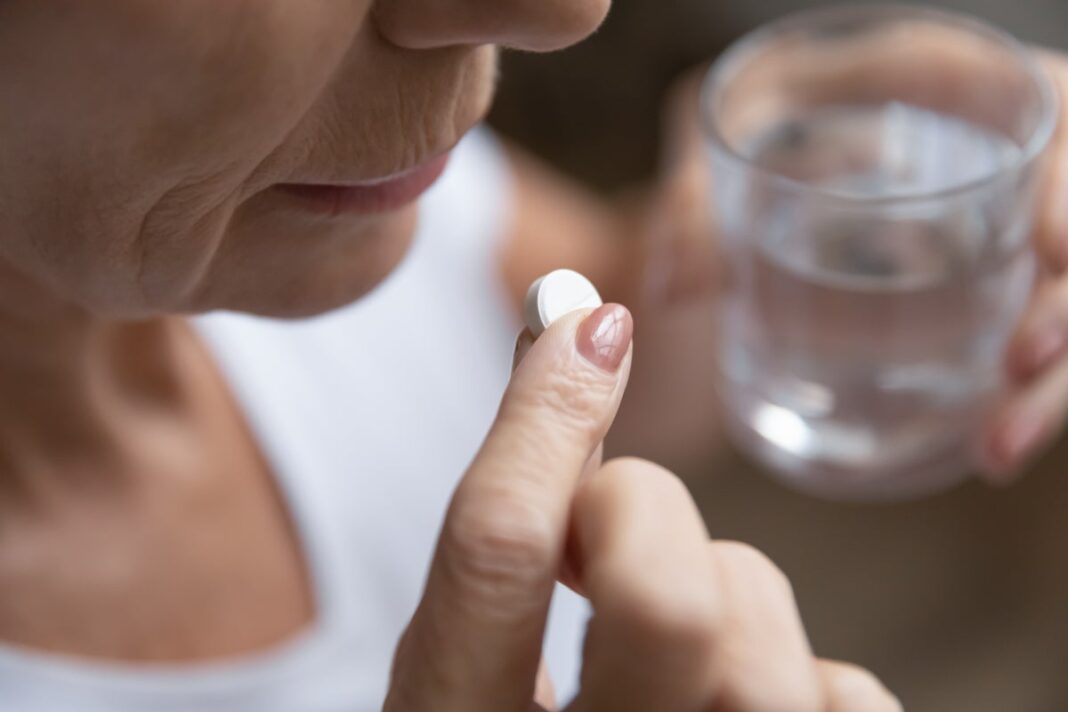Vitamin D has become a hot topic in recent years, largely because failure to get enough of it is associated with multiple diseases, and because much of the general population is deficient in this micronutrient.
Since 1930, when its chemical structure was first identified, significant advances have been made in research into vitamin D’s functions in the body. Initially, studies focused on the role of this compound and its metabolites in calcium homeostasis and bone metabolism.
Later, with the discovery of the metabolised forms of 25-hydroxyvitamin D (25(OH)D) in 1968 and then 1,25-hydroxyvitamin D (1,25 (OH)2D), research expanded and focused on the role it plays in the onset of immunological diseases, infections and cancer, as well as chronic non-communicable diseases such as cardiovascular conditions, obesity and type 2 diabetes.
Currently, there is no doubt that vitamin D plays a role in regulating the immune system; vitamin D deficiency is actually associated with a worse prognosis for COVID-19 infection.
A growing deficiency
Epidemiological data from 2020 shows that 40% of Europe’s population is not getting enough vitamin D. In the US, 24% of people are lacking it, as are 37% of Canadians. These high figures are cause for alarm. The population groups most at risk are pregnant women, children, the elderly, obese people, individuals with darker skin tones, and those with little exposure to sunlight.
Humans can meet part of their vitamin D requirements through skin synthesis from cholesterol, provided they are exposed to sufficient sunlight. However, it is difficult to specify the minimum recommended amount of time, as it depends on a range of factors, including the season, time of day, geographical latitude, age, and skin type.
An expert panel from the Spanish Society for Bone and Mineral Metabolism Research recommends that light-skinned people expose their face and arms to the sun for 15 minutes every day between March and October. For elderly people and patients with osteoporosis, the recommendation is to extend this to 30 minutes. In both cases, sunblock with an SPF between 15 and 30 should be used, depending on the latitude and intensity of UV (ultraviolet) radiation.
Dietary intake is also necessary. Good dietary sources of vitamin D include oily fish (especially salmon and trout), full-fat dairy products, margarines and fortified vegetable drinks.
Some common health choices may be behind the growing vitamin D deficiency. These include the increasingly frequent use of sunscreen and the reduced consumption of fatty foods.
Supplements: when should we take them?
Currently, vitamin D levels are assessed by determining the serum concentration of 25(OH)D, though results can vary depending on the analytical method used.
In general, values above 20 nanograms per millilitre (ng/mL) are considered optimal for the general population. They should be above 30 ng/mL for people over 65 years of age, patients with bone conditions, or those undergoing chronic drug treatments such as corticosteroids or anticonvulsants.
Values between 12 and 20 ng/mL are considered insufficient, and anything below 12 ng/mL is considered a deficiency. There is also concern about the risks of too much vitamin D, known as hypervitaminosis D, which occurs at 25(OH)D levels above 100 ng/mL.
For people with adequate 25(OH)D serum levels, there is debate over whether vitamin D supplements should be prescribed in order to improve their immune response.
To address this question, a 2022 meta-analysis evaluated the effects of supplements of 1,000-2,000 international units (IU) per day in healthy individuals. The analysis concluded that the supplements did not lead to significant improvements in immune system function, nor did they help prevent illnesses such as acute respiratory diseases, influenza, COVID-19 infection.
However, other authors have observed positive effects of this intervention in individuals with respiratory diseases, especially in those with vitamin D deficiency. There are also conflicting results regarding its benefits in patients with metabolic diseases and neurodegenerative conditions.
Too much vitamin D?
The intake of vitamin D from food is unlikely to cause problems. However, indiscriminate use of supplements in people who are not deficient can lead to chronic toxicity.
For example, the administration of vitamin D supplements in doses exceeding 4,000 IU/day for prolonged periods can raise serum 25 (OH)D concentrations to values above 50 ng/ml. This leads to a risk of excessive levels in the body, known as hypervitaminosis.

The most common manifestation of hypervitaminosis D is hypercalcaemia. This is characterised by gastrointestinal symptoms (anorexia, nausea, vomiting and constipation) alongside weakness and fatigue. In the most severe cases, it can cause polyuria (excessive urine production), polydipsia (abnormal increase in thirst), renal failure, ectopic calcifications (outside the normal areas), depression, confusion, bone pain, fractures, and kidney stones.
Due to increased consumption of supplements, cases of toxicity have risen significantly in recent years.
A 2016 report from the US National Toxicology Data System indicates that this overexposure to vitamin D has led to a sharp increase in the number of hypervitaminosis cases – the annual average in the period 2000-2005 was 196, but this rose to 4,535 in the following five-year period.
Supplements: use with caution
Interest in vitamin D has increased significantly due to its association with multiple diseases and a possible, though perhaps not well-established, deficiency in the general population. However, research into the effects of vitamin D supplements in people who do not have a deficiency is by no means conclusive.
There is evidence that they can help reduce the severity of respiratory diseases in people with deficiencies, but hypervitaminosis D, resulting from improper supplementation, is also a real risk, potentially leading to hypercalcaemia and other health problems.
It is therefore essential to approach this issue with caution, always acting on the basis of scientific evidence and exercising prudence when taking or recommending a vitamin D supplement.
One thing is clear, though: the myth of vitamin D as a “supervitamin” does not stack up against current scientific evidence. The truth is that there is still a lot that we don’t understand, and more research is needed.
M. Carmen Vidal Carou, Catedrática de Nutrición y Bromatología, Campus de la Alimentación de Torribera, Universitat de Barcelona.
Maria Teresa Veciana Nogués, Profesora Titular de Nutrición y Bromatologia. Campus de l’Alimentació de Torribera., Universitat de Barcelona.
Natalia Toro Funes, Profesora de Nutrición y Bromatología, Universitat de Barcelona.
Sònia Sánchez Pérez, Investigadora postdoctoral Juan de la Cierva. Doctora en Alimentación y Nutrición. Campus de la Alimentación de Torribera, Universitat de Barcelona.
This article is republished from The Conversation under a Creative Commons license. Read the original article.


